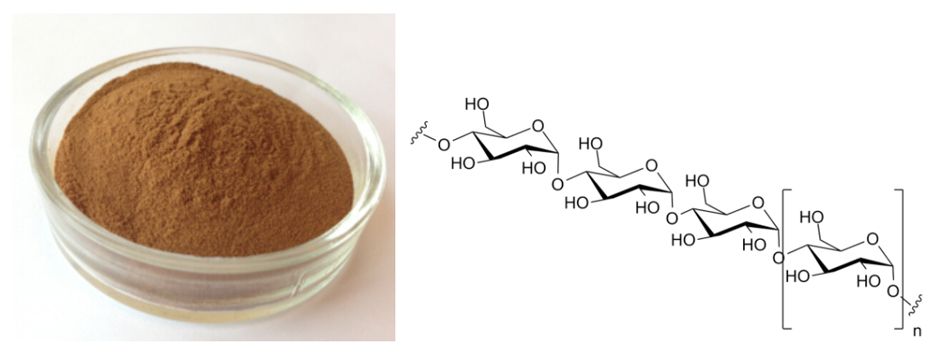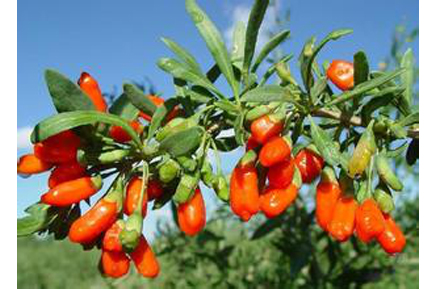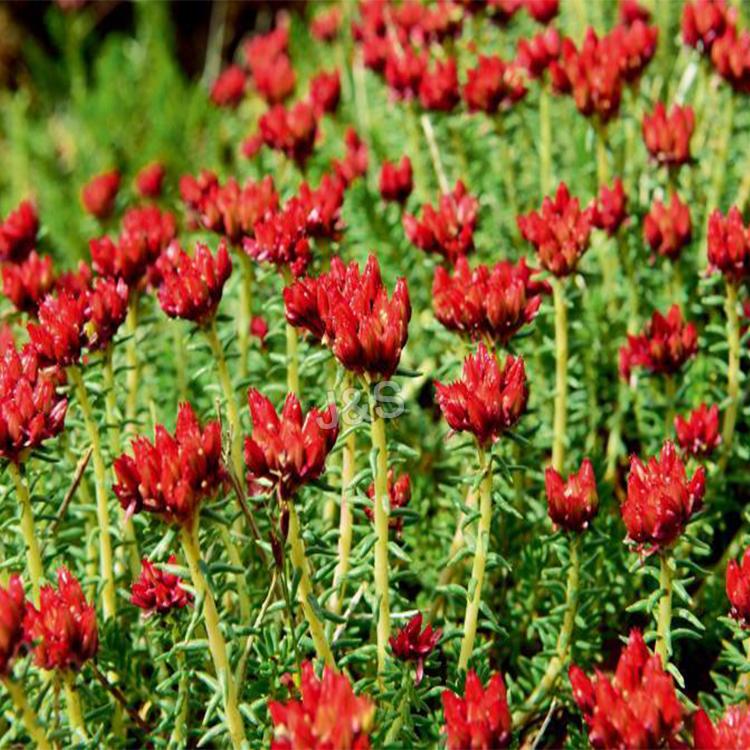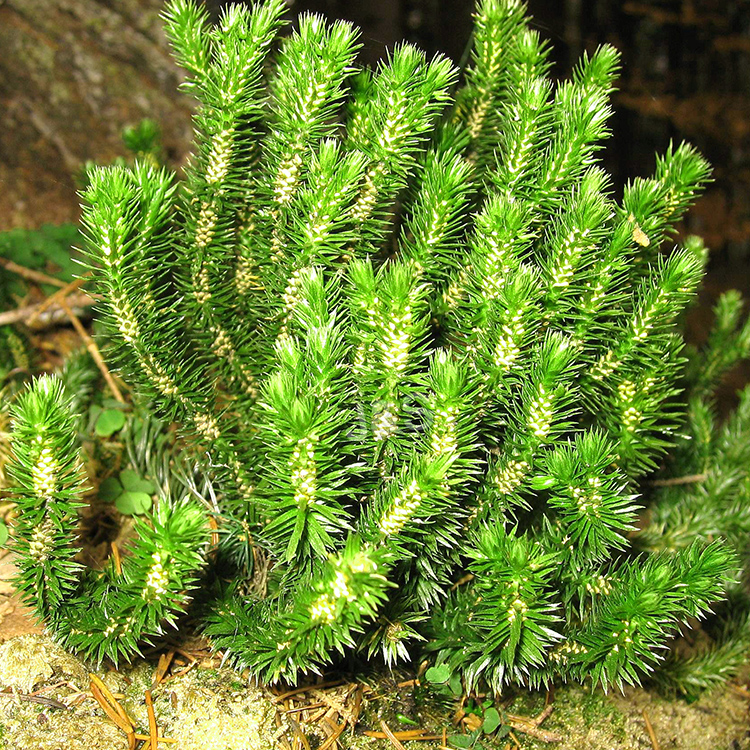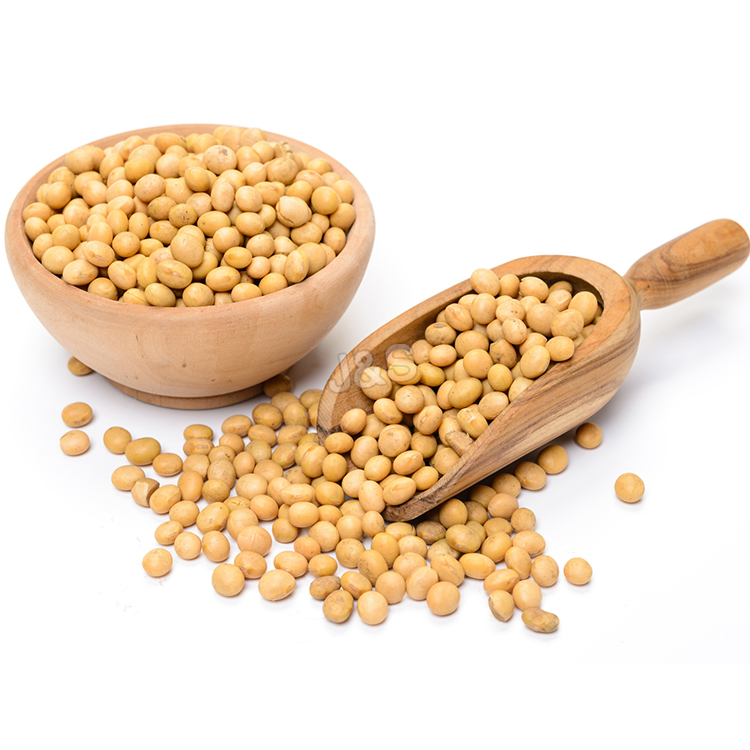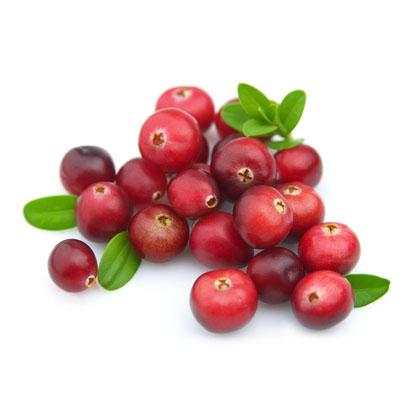One of Hottest for Wolfberry Extract Factory in Myanmar
One of Hottest for Wolfberry Extract Factory in Myanmar Detail:
[Latin Name] Lycium barbarum L.
[Plant Source]from China
[Specifications]20%-90%Polysaccharide
[Appearance] Reddish brown powder
Plant Part Used:Fruit
[Particle size] 80 Mesh
[Loss on drying] ≤5.0%
[Heavy Metal] ≤10PPM
[Shelf life] 24 Months
[Package] Packed in paper-drums and two plastic-bags inside.
[Net weight] 25kgs/drum
Product Description
The wolfberry is harvested when the fruit is orange red. After drying to the skin wrinkles, it is exposured to the skin moist and soft fruit, then removed the stem. Wolfberry is a kind of rare traditional Chinese medicine which is very rich in nutrients and has high medicinal value The materials contain not only such as iron, phosphorus, calcium, but also a lot of sugar, fat and protein. It also contains polysaccharide with good health care function to human body and organic germanium that is beneficial to human’s intelligence.
Function
1. With the function of regulating immune, inhibiting tumor growth and cell mutation;
2. With the function of lipid-lowering and anti-fatty liver;
3. Promoting the function of hematopoietic;
4. With the function of anti-tumor and anti-aging.
Applications:
1. Applied in food field, it can be produced into wine, canned, condensed juice and other more nourishment;
2. Applied in health product field , it can be made into suppositories, lotions, injection, tablets, capsules and other dosage forms to regulate immunity;
3. Applied in pharmaceutical field, effectively treating cancer, hypertension, cirrhosis and other diseases;
4. Applied in cosmetics field, it can prevent skin aging and improve skin elasticity.
Product detail pictures:
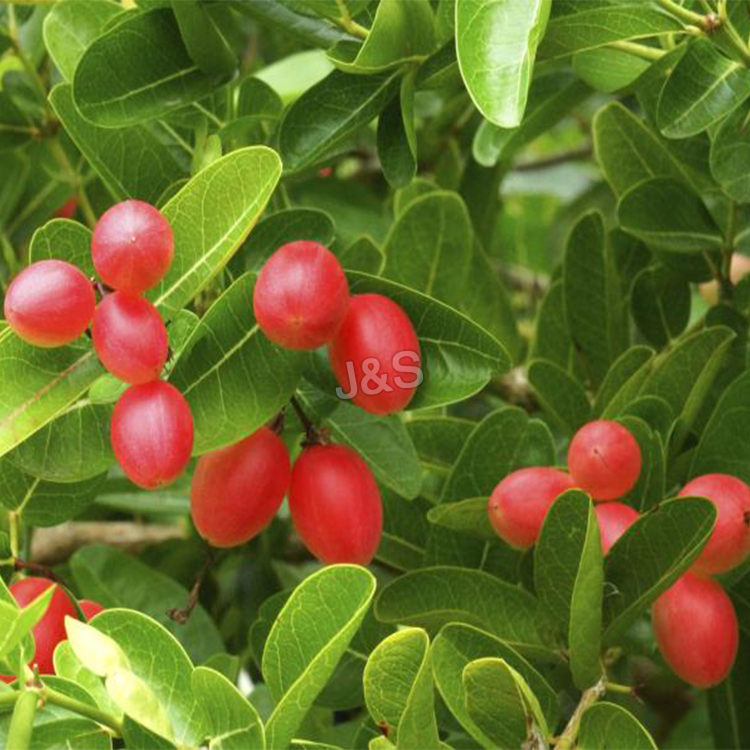
Related Product Guide:
Using a complete scientific high quality management program, superior high quality and superior faith, we acquire great reputation and occupied this industry for One of Hottest for Wolfberry Extract Factory in Myanmar , The product will supply to all over the world, such as: Mongolia, Macedonia, Finland, Our staffs are rich in experience and trained strictly, with professional knowledge, with energy and always respect their customers as the No. 1, and promise to do their best to provide the effective and individual service for customers. The Company pays attention to maintaining and developing the long-term cooperation relationship with the customers. We promise, as your ideal partner, we will develop a bright future and enjoy the satisfying fruit together with you, with persisting zeal, endless energy and forward spirit.
Greetings. It’s New Zealand naturopath, Eric Bakker, author of Candida Crusher and formulator of Canxida, the Candida dietary supplements of choice. Thanks for checking out my video.
We’re going to talk about biofilms today. So what are biofilms? You’ve probably heard a lot about this on the internet. You would have read about it on various webpages or maybe you watched some YouTube videos on biofilms. What they are and how you can treat them, and how they’re important when it comes to eradicating Candida or small intestinal bowel overgrowth, what we call SIBO.
So biofilms are really highly organized sort of structures of bacteria that live together in communes. They’ve organized themselves quite well, and they’ve got this matrix that sort of covers them.
I’m just going to read some notes I’ve written down here. So bacteria that live in biofilms are embedded in a slime-like matrix comprised of extra cellular polymeric substances, include polysaccharides, nucleic acids, and proteins. So most bacteria live in a biofilm regardless of what kind of species or type they are.
So bacteria can live freely in the body, in the bloodstream, they can travel around to different parts of the body or they can live in highly organized communities. So planktonic bacteria are free-floating bacteria, aggregates. So historically, most of the research is being focused on planktonic bacteria. Looking at single bacteria and how we can kill them, particularly with antibiotics. This is how antibiotics were developed really against planktonic bacteria.
But they’re not really reflective of the true internal microbial environment that we’ve got. Because remember, most bacteria live in some kind of an extra cellular polymeric substance, in some sort of slime like substance. So when you think about it, humans are the same. We can live nomadically here or there, but humans function best when we cooperate with each other in working communities. And if you look at places like Hong Kong and New York, you’ve got tons of high-rise apartments with like millions of people living in defined regions.
Biofilms are the same. You’ve got very highly organized sort of structures, basically where these bacteria implant themselves and they form very powerful alliances with each other and with other kinds of bacteria. And they stop beneficial bacteria from getting to them. And even antibiotics can’t really do much with biofilm. So I’m going to do a series of videos on biofilms. A bit more about what they are, different types of biofilms, and also the best ways to naturally eradicate biofilm. And that’s what these videos are going to be all about.
So I hope that explains to you a little bit about what biofilms are. Bacteria organize themselves, and they can live anywhere. You can have biofilms in the nose, in the throat, the ear, the teeth, lots of different types of bacteria in the mouth there. They can form fantastically powerful colonies there. We get them through the gut. We get them in many different places in the body.
So let’s go a bit deeper and further in some subsequent videos and explain, particularly about eradication of biofilm. Because I’m sure, that’s what you’re keen to hear all about.
Thanks for tuning in.
1 Berries
Blueberries, raspberries and blackberries are rich in proanthocyanidins, antioxidants that can help prevent cancer and heart disease. Eat them frozen in a morning smoothie, toss a handful over your morning yogurt or cereal or enjoy them as an afternoon snack.
2. Walnuts
Just an ounce of walnuts, or 15 to 20 halves, is loaded with antioxidants. They’re also cholesterol-free and low in sodium and sugar. 100 grams of walnuts contain 15.2 grams of protein, 65.2 grams of fat, and 6.7 grams of dietary fiber. The protein in walnuts provides many essential amino acids.
3. Green Tea
Green tea contains high concentrations of catechin polyphenols. These compounds work in the body with other chemicals to heighten levels of fat oxidation and thermogenesis. Green tea has also been shown to be preventative against cancer, heart disease and high cholesterol.
4.Tomato
Tomatoes are by far the richest source of a powerful anticancer agent called lycopene. In fact, research has shown lycopene to be an even more powerful disease fighter than vitamin E and beta carotene. Lycopene needs fat for optimal absorption to occur. Therefore, putting the healthy fat olive oil in your spaghetti sauce is an excellent trick to increase your lycopene levels. Start including more tomatoes in your diet in the form of sliced, whole, canned, stewed or sauced tomatoes or tomato paste.
5.Grapes
The wealth of antioxidant nutrients in grapes is somewhat startling! In addition to providing us with conventional antioxidant nutrient like vitamin C and manganese, grapes are filled with antioxidant phytonutrients that range from common carotenoids like beta-carotene to unusual stilbenes like resveratrol, and the total number of different antioxidant nutrients in grapes runs well into the hundreds. It’s important to note that the seed and the skin contain the richest concentration of antioxidants. It’s very rare to find a higher concentration of an antioxidant in the fleshy part of the grape than is present in the seed or skin.
6.Kiwifruit
Kiwifruit emerged from our food ranking system as an excellent source of vitamin C. This nutrient is the primary water-soluble antioxidant in the body, neutralizing free radicals that can cause damage to cells and lead to problems such as inflammation and cancer. In fact, adequate intake of vitamin C has been shown to be helpful in reducing the severity of conditions like osteoarthritis, rheumatoid arthritis, and asthma, and for preventing conditions such as colon cancer, atherosclerosis, and diabetic heart disease. Our food ranking system also qualified kiwifruit as a very good source of dietary fiber.
7.Artichoke Hearts
The edible parts of the globe artichoke – that is, the juicy heart and the tender inner leaves of the immature flower bud – are right there on top of the list of vegetables with the strongest in-vitro antioxidant capacity. As you may know, antioxidants are beneficial substances that protect our bodies from cellular damage caused by free radicals. When eaten regularly as part of an overall healthy diet, antioxidant-rich foods such as artichoke hearts and leaves may provide anti-aging benefits and protection against degenerative diseases such as heart disease and Alzheimer’s disease.
8.Blueberries
Blueberries are not only popular, but also repeatedly ranked in the U.S. diet as having one of the highest antioxidant capacities among all fruits, vegetables, spices and seasonings. Antioxidants are essential to optimizing health by helping to combat the free radicals that can damage cellular structures as well as DNA. We recommend enjoying raw blueberries – rather than relying upon blueberries incorporated into baked desserts – because, like other fruits, raw blueberries provide you with the best flavor and the greatest nutritional benefits.
9.Strawberries
When only fruits were considered, strawberries came out 4th among all fruits. Recent research has shown strawberries to be a surprisingly fragile, perishable, and delicate fruit. Given their unique combination of antioxidant and anti-inflammatory nutrients, it’s not surprising to see strong research support for strawberry health benefits in three major areas: (1) cardiovascular support and prevention of cardiovascular diseases (2) improved regulation of blood sugar, with decreased risk of type 2 diabetes, and (3) prevention of certain cancer types including breast, cervical, colon, and esophageal cancer.
10. Red Apples
Apples are rich in antioxidant phyto-nutrients flavonoids and polyphenolics. The total measured anti-oxidant strength (ORAC value) of 100 g apple fruit is 5900 TE. Some of the important flavonoids in apples are quercetin, epicatechin, and procyanidin B2. Additionally, they are also good in tartaric acid that gives tart flavor to them. Altogether, these compounds help the body protect from deleterious effects of free radicals.
A good manufacturers, we have cooperated twice, good quality and good service attitude.
